The thing about trading stocks is everyone has an opinion. And right now there’s an unusual divergence in the market that’s as stark as man versus machine.
Computer-guided traders haven’t been this bullish on stocks compared to their human counterparts since early 2020, before the depths of the Covid pandemic, according to Parag Thatte, a strategist at Deutsche Bank AG.
The two groups look at different cues to form their opinions, so it’s not a shock that they see the market differently. While computer-driven fast-money quants use systematic strategies based on momentum and volatility signals, discretionary money managers are individuals looking at economic and earnings trends to guide their moves.
Still, this degree of disagreement is rare — and historically, it doesn’t last long, Thatte said.
“Discretionary investors are waiting for something to give, whether that’s slowing growth or a spike in inflation in the second half of the year from tariffs,” he said. “As the data trickles in, their concerns will either be proven right if the market sells off on growth fears, or the economy will remain resilient, in which case discretionary managers would likely begin to lift their stock exposure on economic optimism.”
Wall Street offers a lot of confident predictions, but the reality is nobody knows what will happen with President Donald Trump’s trade agenda or the Federal Reserve’s interest-rate policy.
With the S&P 500 Index hitting repeatedly hitting all-time highs, professional investors aren’t sticking around to find out. As of the week ended Aug. 1, they’d cut their equity exposure from neutral to modestly underweight on lingering uncertainty surrounding global trade, corporate earnings and economic growth, according to data compiled by Deutsche Bank.
“No one wants to buy pricier stocks already at records so some are praying for any selloff as an excuse to buy,” said Frank Monkam, head of macro trading at Buffalo Bayou Commodities.
Chasing Momentum
Trend-following algorithmic funds, however, are chasing that momentum. They’ve been lured into a buying spree after cut-to-the-bone positioning in the spring cleared the path to return in recent months as the S&P 500 rallied almost 30% from its April low. Through the week ended Aug. 1, long equity positions for systematic strategies were the highest since January 2020, Deutsche Bank’s data show.
This divergence underpins the tug-of-war between technical and fundamental forces, with the S&P 500 stuck in a tight range after posting its longest streak of tranquility in two years in July.
The Cboe Volatility Index — or VIX — which measures implied volatility of the benchmark US equity futures via out-of-the-money options, closed at 15.15 on Friday, near the lowest level since February. The VVIX, which measures the volatility of volatility, dropped for the third time in four weeks.
“The rubber band can only stretch so far before it snaps,” said Colton Loder, managing principal of the alternative investment firm Cohalo. “So the potential for a mean-reversion selloff is higher when there’s systematic crowding, like now.”
This kind of collective piling into a trade periodically happens with computer-driven strategies. In early 2023, for instance, quants loaded up on US stocks on the heels of the S&P 500’s 19% drop in 2022, until volatility spiked in March of that year during the regional banking tumult. And in late 2019, fast-money traders powered stocks to records after a breakthrough in trade talks between Washington and Beijing.
This time around, however, Thatte expects this split between man and machine to last weeks, not months. If discretionary traders start selling in response to weaker growth or softening corporate earnings trends, pushing volatility higher, computer-based strategies are likely to begin to unwind their positions as well, he said.
In addition, fast-money investors will likely reach full exposure to US equities by September, which could prompt them to sell stocks as they become vulnerable to downside market shocks, according to Scott Rubner of Citadel Securities.
CTA Risk
Given how systematic funds operate, selling may start with commodity trading advisors, or CTAs, unwinding extreme positioning, Loder said. That would increase the risk of sharp reversals in the stock market, although there would need to be a substantial selloff for a spike in volatility to last, he added.
CTAs, who have been persistent stock buyers, are long $50 billion of US stocks, putting them in the 92nd percentile of historical exposure, according to Goldman Sachs Group Inc. However, the S&P 500 would need to breach 6,100, a decline of roughly 4.5% from where the index closed on Friday, for CTAs to begin dumping stocks, said Maxwell Grinacoff, head of equity derivatives research at UBS Group AG.
So the question is, with quant positioning this stretched to the bullish side and pressure building in the stock market due to extreme levels of uncertainty, can any rally from here really last?
“Things are starting to feel toppy,” said Grinacoff, adding that the upside for stocks “is likely exhausted” in the short run given that CTA positioning is near max long. “This is a bit worrisome, but it’s not raising alarm bells yet.”
What’s more, any pullback from systematic selling would likely create an opportunity for discretionary asset managers who missed out on this year’s gains to re-enter the market as buyers, warding off a more severe plunge, according to Cohalo’s Loder.
“Whatever triggers the next drawdown is a mystery,” he said. “But when that eventually happens, asset-manager exposure and discretionary positioning is so light that it will add fuel to a ‘buy the dip’ mentality and prevent an even bigger selloff.”
This story was originally featured on Fortune.com

 2 hours ago
1
2 hours ago
1
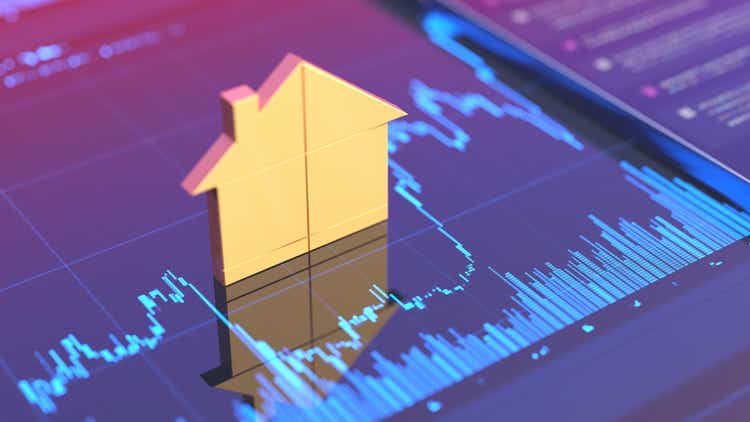

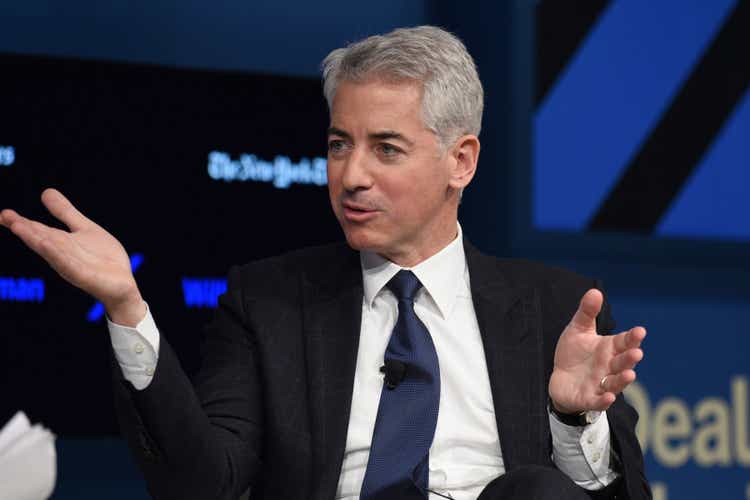


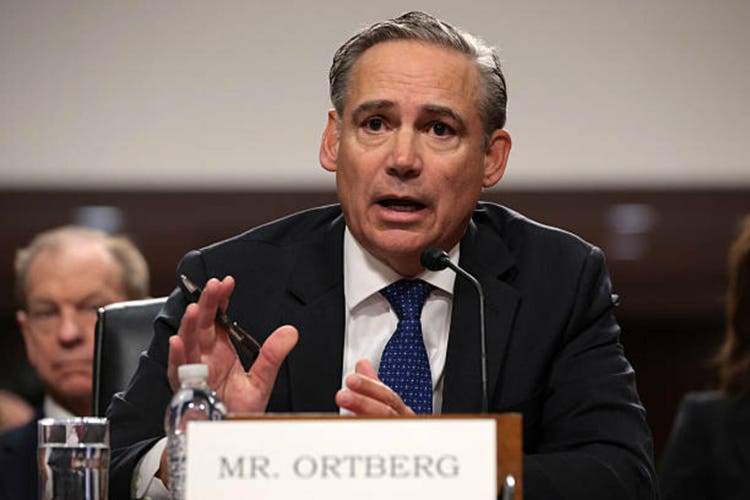
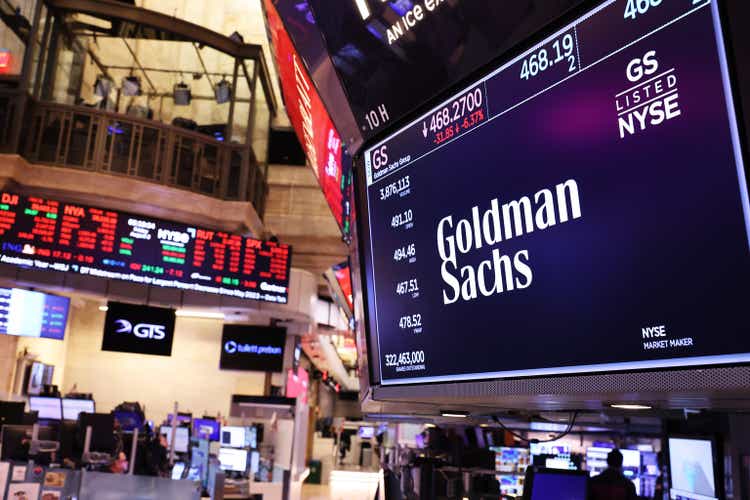









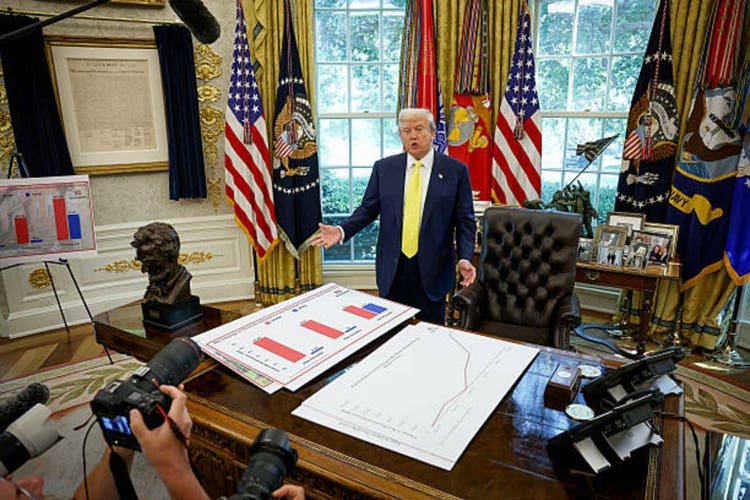



 English (US) ·
English (US) ·